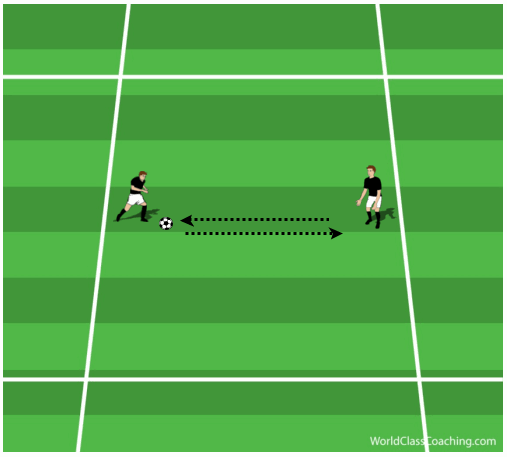By Justin Cresser
When we think of improving strength with resistance training, thoughts of pushing heavy weights on the bench press, or squatting bars with many plates, comes to mind. That is, we generally think of developing concentric strength. Our muscles can produce three types of muscle contractions or actions: concentric muscle contractions (when the muscle shortens); eccentric contractions (when the muscles lengthens); and isometric muscle actions (there is no change in muscle length).
Let’s take the standard push-up for example: as you flex the elbows to lower yourself to the floor, the chest muscles are working eccentrically. If you hold for a few seconds at the bottom of the movement, then these muscles are working isometrically to keep the body in a stable position. As you extend the elbows to return to the top of the movement, the chest muscles are now concentrically contracting.
Most coaches focus on the concentric component when doing strength training. However, developing eccentric strength is just as important and can be done by using slow and controlled movements during the eccentric phase of an exercise. Developing this component of strength is especially important for successfully performing movements involving quick deceleration or stopping, which occur when players rapidly change direction, and in the prevention of injuries that frequently occur during these movements.
The following is a simple exercise that can be done during practice to develop eccentric leg strength in your players:
Squats with 2-Touch passing
Divide your players in groups of two and give each pair a ball. Have the players stand approximately 7 to 10 yards apart. When ready, have both players perform 10 to 12 repetitions of squats (1 set). However, have them slowly lower themselves (approximately 5 seconds) until their thighs are parallel to the floor. Have them hold this position for one second, and then return to the starting position.
As soon as both players are finished, have them pass back and forth for 90 seconds, using two touches (Figure 1), and then instruct them to perform another set of squats. Repeat this process for a total of 3 sets.
- When performing the squat, have your players stand erect with the feet shoulder width apart. The arms should be folded across the chest. Ensure they keep their backs straight and their heels planted on the ground as they lower themselves. They should squat down until their thighs are just about parallel to the ground.
- Ensure they make quality passes (good weight and accurate) during the rest period between sets. You should also vary how they receive the ball with their first touch. For example, have them start by taking their first touch with the inside of the foot and then switch to the outside. You can then progress to having the players pass back and forth using 1-touch.
You can replace squats with any exercise that focuses on developing functional leg strength such as the lunge, the single-leg squat or one-legged deadlifts. However, ensure that the eccentric phase (when the players lower themselves in the squat and lunge for example) is slowly performed.
You can also replace the passing component with any low-intensity, ball-oriented activity such as keep-ups or individual dribbling. It is important that the exercise you choose between the rest periods be low in intensity; otherwise the players will not sufficiently recover. Although we are trying to include technical work in each exercise, the focus is on strength training.
Best of Luck,
Justin
Justin Cresser – Has coached soccer at various levels both in North America and abroad (Hong Kong and Africa). His most recent position was as the Assistant Technical Director at the Soccer Club of Toronto. He has his National Diploma from the NSCAA and is also a certified strength and conditioning coach.



